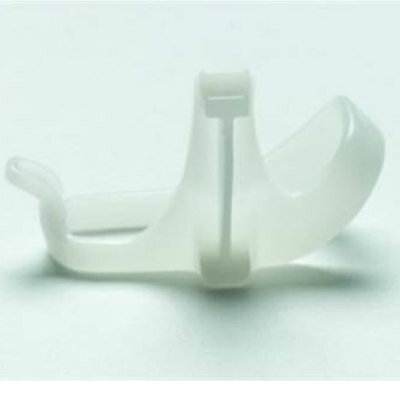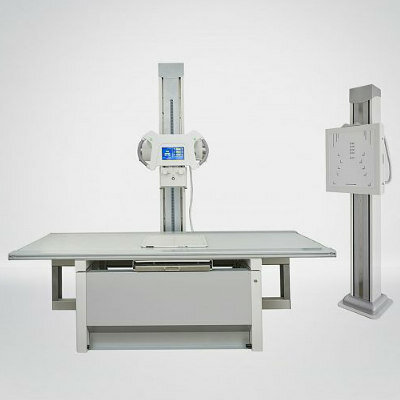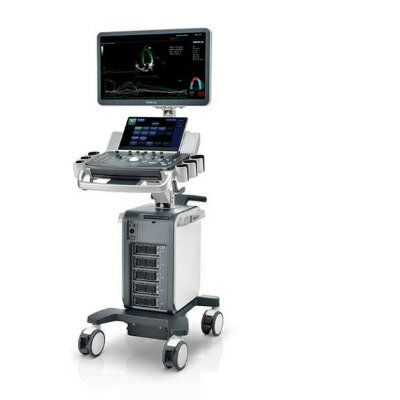Coronary CT Angiography Noninvasively Detects Coronary Artery Disease
By MedImaging International staff writers
Posted on 06 Sep 2012
Among patients with suspected or known coronary artery disease, use of a screening test that utilizes computational fluid dynamics to draw on specific data from computed tomographic (CT) angiography imaging demonstrated improved diagnostic accuracy vs. CT angiography alone for the diagnosis of ischemia.Posted on 06 Sep 2012
The results from the new study were published online August 26, 2012, in the Journal of the American Medical Association (JAMA). The study was released early to coincide with its presentation at the European Society of Cardiology Congress, held in Munich (Germany), August 25-29, 2012.
“Coronary computed tomographic angiography is a noninvasive anatomic test for diagnosis of coronary stenosis [narrowing of a blood vessel] that does not determine whether a stenosis causes ischemia [inadequate blood supply]. In contrast, fractional flow reserve [FFR] is a physiologic measure of coronary stenosis expressing the amount of coronary flow still attainable despite the presence of a stenosis, but it requires an invasive procedure. Noninvasive FFR computed from CT [FFRCT] is a novel method for determining the physiologic significance of coronary artery disease [CAD], but its ability to identify ischemia has not been adequately examined to date,” according to the article.
James K. Min, MD, from the Cedars-Sinai Heart Institute (Los Angeles, CA, USA) and colleagues conducted a study to assess the performance of noninvasive FFRCT compared with an invasive FFR reference standard for diagnosis of ischemia. The study included 252 patients with suspected or known CAD from 17 centers in five countries who underwent CT, invasive coronary angiography (ICA), FFR, and FFRCT between October 2010 and October 2011. Approximately 77% of patients had experienced angina within the last month. Ischemia was defined by certain criteria. Anatomically obstructive CAD was defined by a stenosis of 50% or larger on CT and ICA. Among 615 study vessels, 271 had less than 30% stenosis and 101 had at least 90% stenosis.
Among study participants, 137 (54.4%) had an abnormal FFR as determined by ICA. The researchers found that the diagnostic accuracy for FFRCT plus CT was 73%, which did not meet a prespecified primary end point for accuracy (as prespecified based on the lower limit of a calculated 95% confidence interval). By comparison, diagnostic accuracy of CT alone for detecting coronary lesions with stenosis of 50% or greater, was 64%. When comparing FFRCT alone with CT alone for identifying these lesions, FFRCT demonstrated better discrimination.
“On a per-patient basis, diagnostic accuracy, sensitivity, specificity, positive predictive value and negative predictive value of FFRCT plus CT were 73%, 90%, 54%, 67%, and 84%, respectively,” the authors wrote. They noted that the sensitivity and negative predictive value of FFRCT were high, indicating a low rate of false-negative studies. “These diagnostic features of FFRCT may encourage a greater sense of diagnostic certainty that patients who undergo CT who have ischemia are not overlooked, such that clinicians may be confident in not proceeding to invasive angiography in patients with stenoses on CT when FFRCT results are normal.”
Related Links:
Cedars-Sinai Heart Institute














